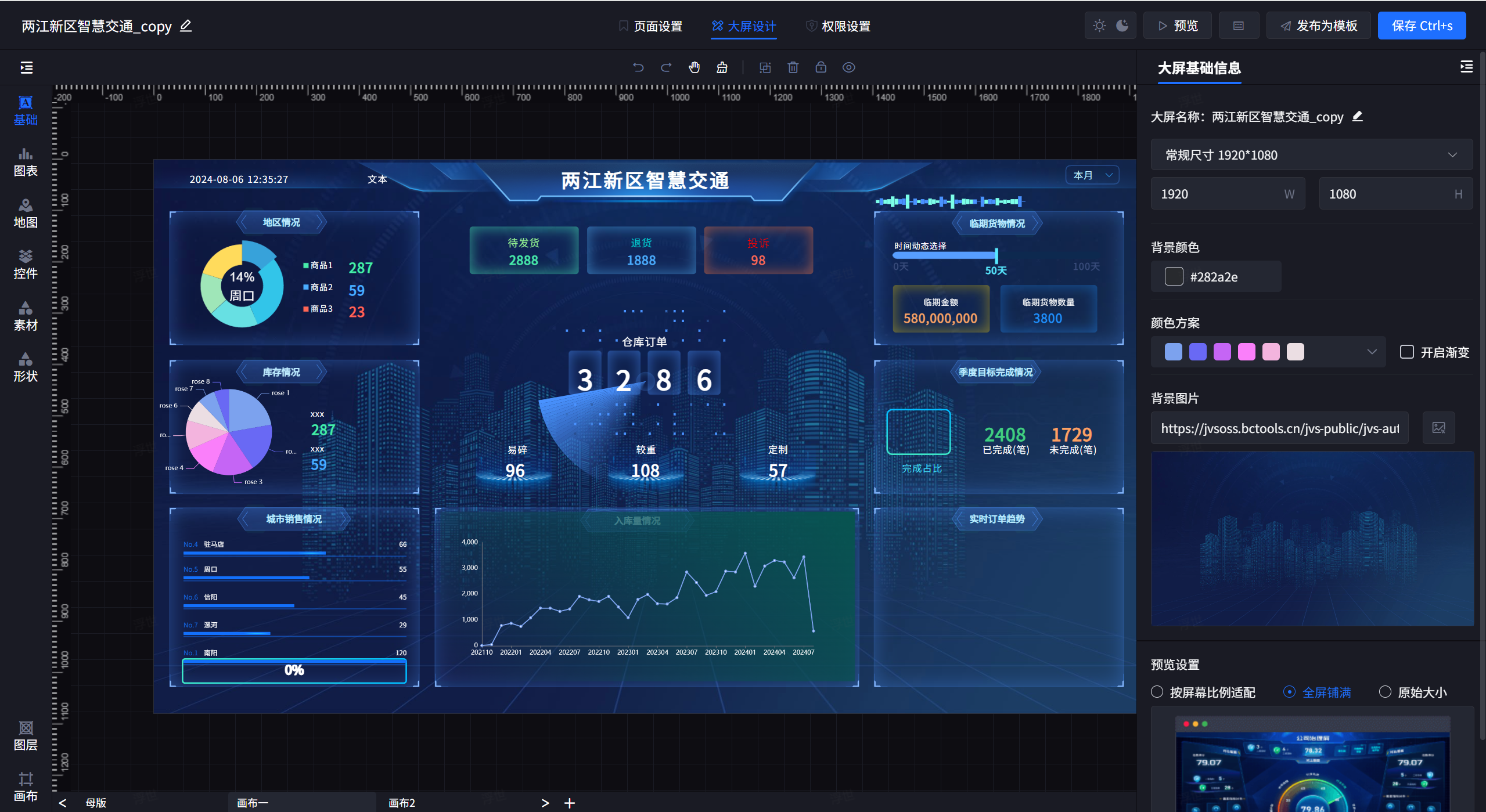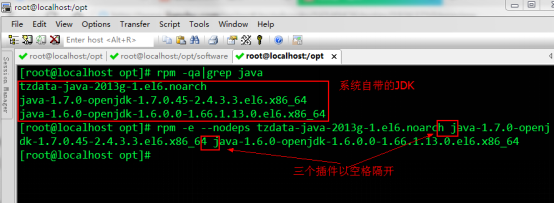在vue中安装openlayers
npm i --save ol
这里说的vue是基于脚手架构建的。 新建个页面,也就是vue文件,配置好路由。接着 就是可以直接放入我的代码运行显示了。
vue利用openlayers加载天地图和高德地图
<template>
<div class="wrapper">
<div>天地图</div>
<div class="map" id="olMap"></div>
</div>
</template>
<script>
import "ol/ol.css";
import {
Tile as TileLayer } from "ol/layer";
import XYZ from "ol/source/XYZ";
import {
defaults as defaultControls } from "ol/control";
import Map from "ol/Map.js";
import View from "ol/View.js";
export default {
data() {
return {
map: null,
parser: null,
};
},
mounted() {
this.initMap();
},
methods: {
initMap() {
const map = new Map({
target: "olMap",
view: new View({
center: [0, 0], //中心点经纬度
zoom: 4, //图层缩放大小
projection: "EPSG:4326",
}),
controls: defaultControls({
zoom: true,
attribution: false,
rotate: false,
}),
});
this.map = map;
// 添加地图
let url = "http://t{0-7}.tianditu.com/DataServer?x={x}&y={y}&l={z}";
url = `${
url}&T=vec_c&tk=替代你的key`;
const source = new XYZ({
url: url,
projection: "EPSG:4326",
});
const tdtLayer = new TileLayer({
source: source,
});
this.map.addLayer(tdtLayer);
// 添加注记
url = "http://t{0-7}.tianditu.com/DataServer?x={x}&y={y}&l={z}";
url = `${
url}&T=cva_c&tk=替代你的key`;
const sourceCVA = new XYZ({
url: url,
projection: "EPSG:4326",
});
const tdtcvaLayer = new TileLayer({
source: sourceCVA,
});
this.map.addLayer(tdtcvaLayer);
},
},
};
</script>
<style scoped>
.map {
width: 100%;
height: 100vh;
}
</style>
天地图就可以显示出来了。




















